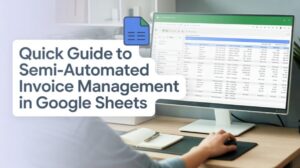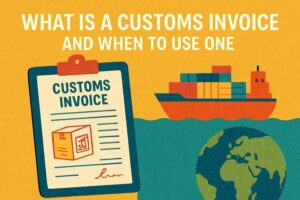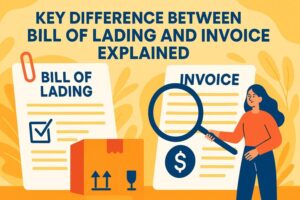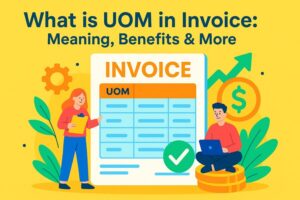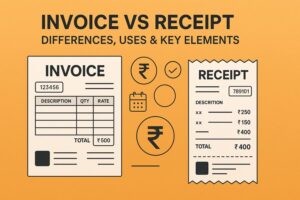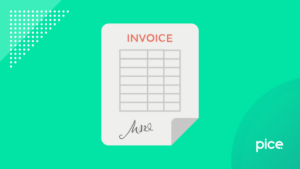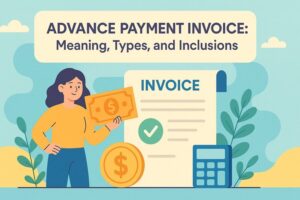Proforma Invoice vs Estimate: Explore the Differences and Functions
- 5 Nov 25
- 7 mins

Proforma Invoice vs Estimate: Explore the Differences and Functions
Key Takeaways
- A proforma invoice clarifies the details of a proposed sale before dispatching goods or confirming an order, while an estimate helps a buyer evaluate potential costs before finalising a vendor or sale terms.
- Neither a proforma invoice nor an estimate is legally binding, both are preliminary documents that can be modified upon mutual agreement between buyer and seller.
- A proforma invoice plays a crucial role in international trade, serving as a required document for customs clearance and financial approvals.
- Include all key details (product description, prices, taxes, terms), follow standard formats, state validity periods, display regulatory details, and ensure transparent payment and warranty terms.
- Properly distinguishing between estimates and proforma invoices helps avoid tax penalties, payment delays, and compliance issues, ensuring smoother business operations and better client trust.
A large number of documents are involved in daily business processes related to payment clearance. Some of these papers are absolutely necessary, while others are optional. In the sales process, each type of document, from a standard invoice to a proforma invoice, has its own role.
If you are new to business, terms like proforma invoice, invoice number, commercial invoice, final invoice, estimate, and others can be overwhelming. In fact, misunderstandings in invoice generation can create the impression that you are attempting to evade tax, which could result in your company being fined up to ₹25,000 per invoice.
So, if you do not want to get into trouble due to such confusion, read this blog on ‘proforma invoice vs estimate’ to avoid similar difficulties with ease.
Differences Between a Pro-Forma Invoice and an Estimate
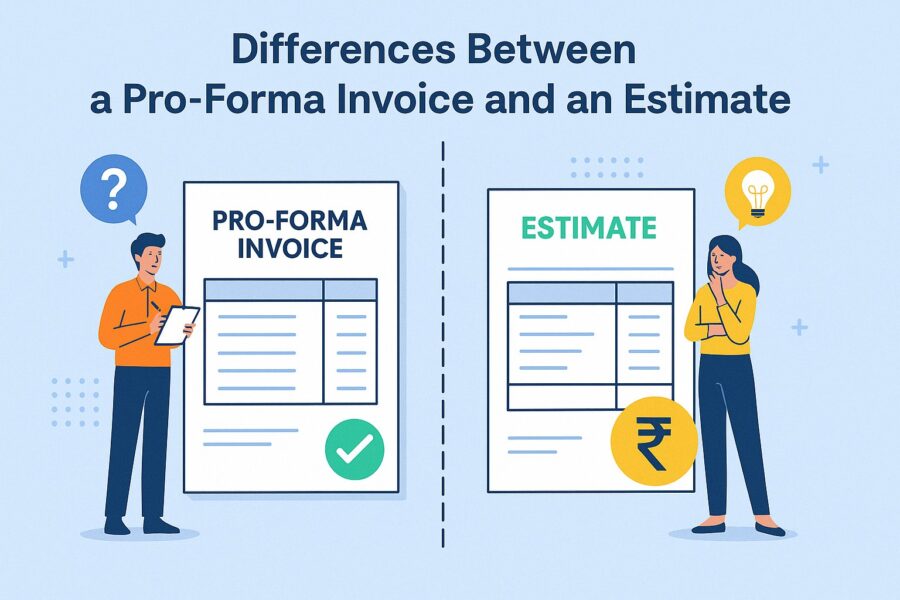
| Factor of Differentiation | Pro-forma Invoice | Estimate |
| Who issues it and who’s the receiver? | A seller of goods/services issues it to a buyer as part of the customer engagement process. | Estimates are provided by the seller to the buyer before any intended supplies. |
| Purpose | They clarify proposed sale details before any transaction to allow the buyer to make informed business decisions. | Estimates help a buyer finalise a vendor or specific terms of a sale. |
| When is it generated? | A pro-forma invoice is made before a seller dispatches their supplies, often before order confirmation. | Estimates are provided only upon the buyer's request to finalise the sale terms, often using an estimate form. |
| What does it imply? | These documents confirm all the terms of a sale and may contain shipping information for international transactions. | It confirms the cost of the deliverables (following negotiation, if applicable). |
Besides these differences, there are a few similarities as well. For instance, neither of these documents is legally binding, so buyers and sellers can mutually agree to different terms of sale even after issuing pro forma invoices or estimates. Similarly, no entry needs to be recorded in the books or financial records after these official documents have been issued.
What Function Does a Proforma Invoice Fulfil?
According to a recent study, approximately 55% of Indian businesses experience delayed B2B payments due to the lack of concise preliminary documentation like proforma invoices. This statistic emphasises how common payment delays are, especially in sectors with rigid workflow requirements like export/import, manufacturing, and trading.
Thus, the generation of a proforma invoice can facilitate the following purposes:
- Internal Purchase Agreement: Proforma invoices let buyers know the cost of goods or services beforehand, so they can plan their budget accordingly with a detailed cost breakdown.
- Acceptance of Pre-payment Terms: Although not legally binding, proforma invoices are more detailed than estimates. So, your customers find them helpful when comparing businesses in the sales process.
- Serves as a Crucial Document for International Trade: As they provide a clear breakdown of estimated costs, proforma invoices are often made compulsory for clearing goods in international transactions. They may also be required alongside documents like a commercial invoice, import license, and letter of credit.
With India’s Foreign Trade Policy in effect, the country’s gross export value is expected to reach US$1 trillion by 2030. Therefore, companies aiming to remain competitive in this sector must ensure the issuance of all essential documents, like proforma invoices, to maintain a competitive edge.
At the same time, brushing up on your expertise in fundamental topics like ‘proforma invoice vs estimate’ can help you avoid unwanted legal status issues or payment paperwork delays.
When to Use an Estimate?
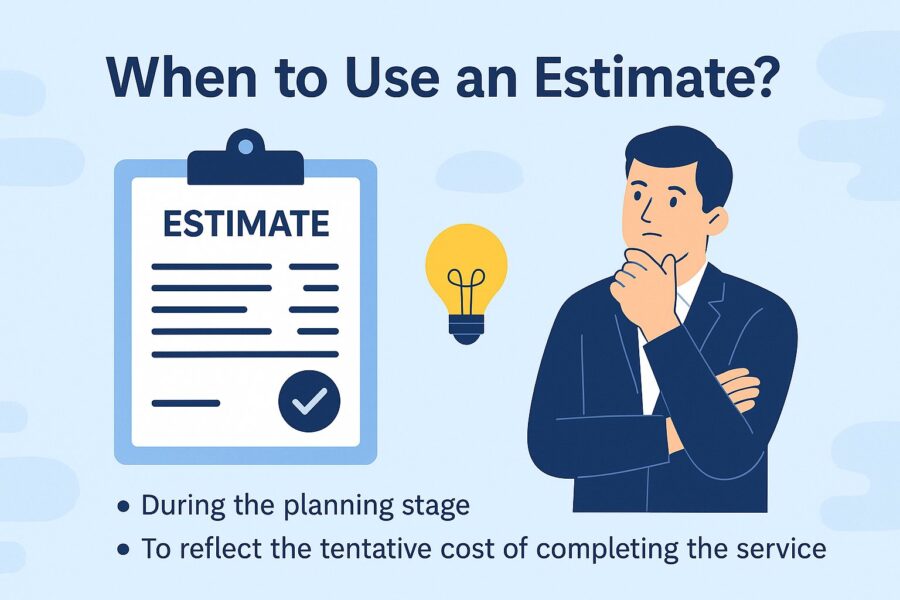
As a business operator, you can issue estimates during the planning stage. This refers to the phase in which you determine the types of resources required to complete the work, the approximate turnaround time, the project’s final cost, and so on.
An estimate reflects the tentative cost of completing the entire service transaction. As a fair practice, companies should provide estimates to their clients before commencing any work. This enables customers to manage potential costs more effectively and budget as required.
5 Best Practices to Follow While Making a Proforma Invoice or Estimate
Observance of the best practices when issuing the proforma invoices and estimates is key in ensuring smooth business operations, transparency, and professionalism. The following guidelines are particularly relevant for GST-registered businesses:
- Include Complete and Clear InformationBe sure to include the product/service descriptions, quantity, unit prices, invoice number, and taxes (GST where relevant), delivery terms, and payment instructions. This lessens the misunderstandings and promotes quick customer authorisations.
- Use Standard FormatsYou must use a consistent format as per your industry standards, similar to standard invoices or final invoices. This is to make it more friendly to understand by both parties, and also the documents will be in line with expectations when performing customs clearance or audit.
- Mention Validity PeriodsIt is necessary to clearly indicate the time frame for which the estimate or proforma invoice is valid to safeguard the business against price changes as well as to set the right expectations with clients.
- Display Regulatory Guidelines Wherever NeededFor exports or imports, you must refer to relevant sections of the Foreign Trade Policy or GST rules, and always include your GSTIN and IEC numbers as applicable. For product-based sales, linking to product pages may help clarify details.
- Be Transparent With TermsYou have to list payment terms, warranty information, after-sales support, and even how to issue a credit memo if needed, to strengthen client trust and clarify mutual responsibilities.
Complying with these practices can ensure that companies do not find themselves in situations of financial misunderstanding, regulatory sanctions, as well as clarity in both national and international dealings. Proper records, whether financial records or payment paperwork, support accuracy in the customer engagement process.
Conclusion
It is important to realise what the meaning of proforma invoice vs estimate is because the two documents are different and are used for different purposes. Companies can effectively eliminate cases of invoice factoring and enhance their cash flow by labeling these documents and availing them to customers.
Be it a service transaction, a product sale or international transactions, the correct documents such as pro forma invoices, final invoices and standard invoices will make the operations a lot easier. So, you also need to implement them to have a healthy supplier-customer relationship and effective sales process.







